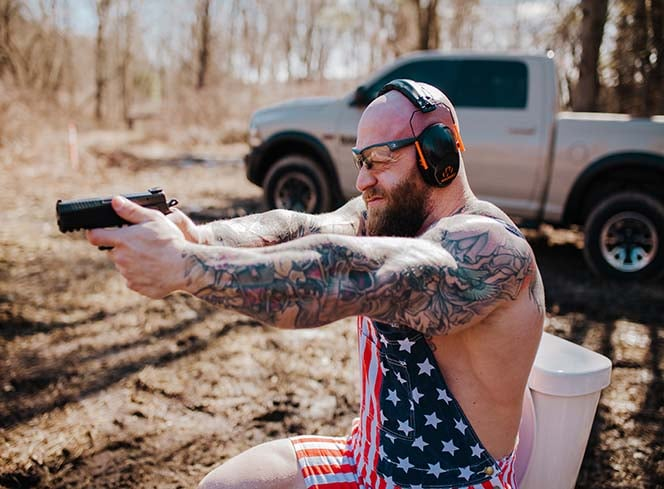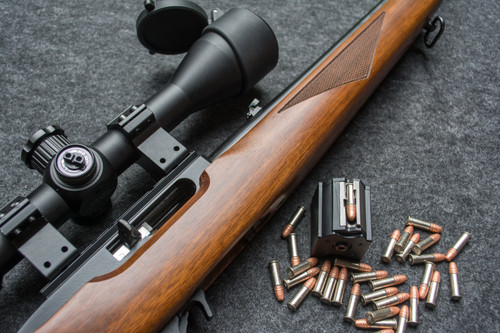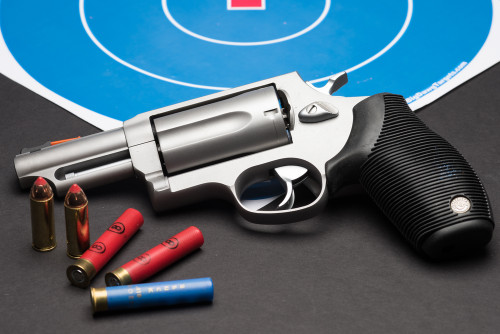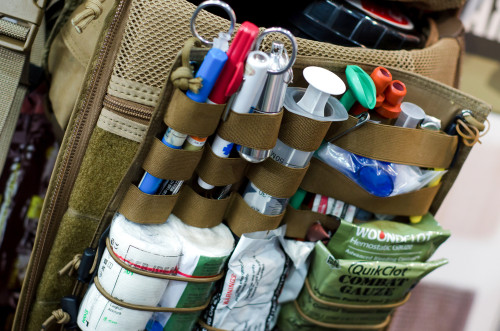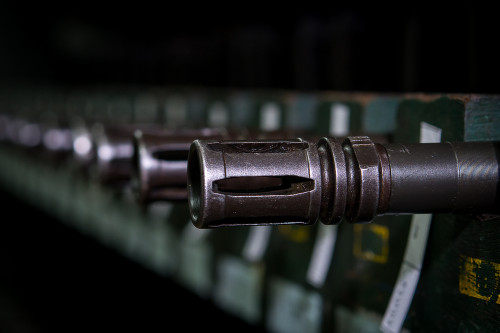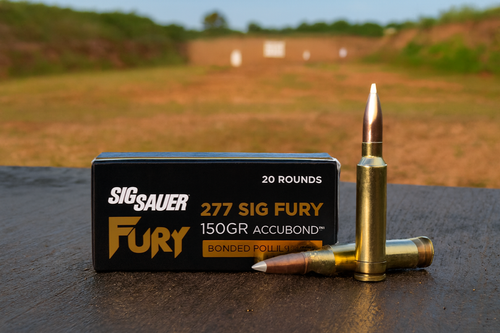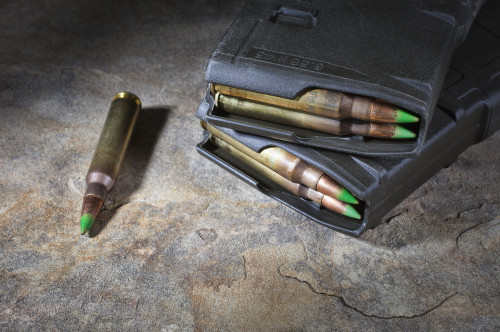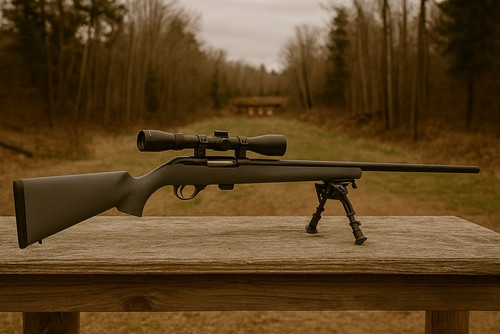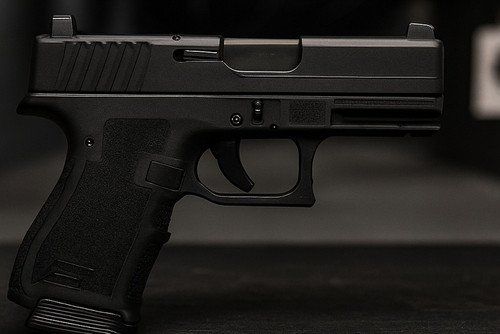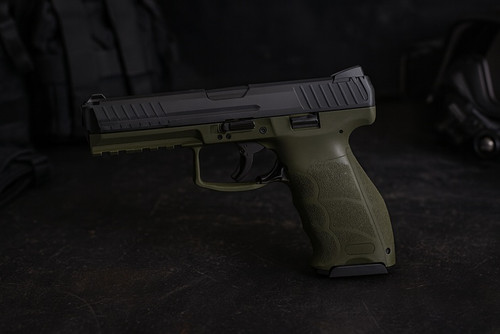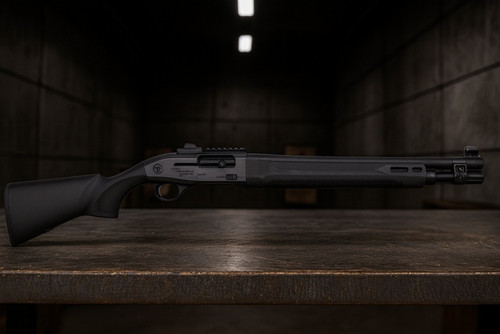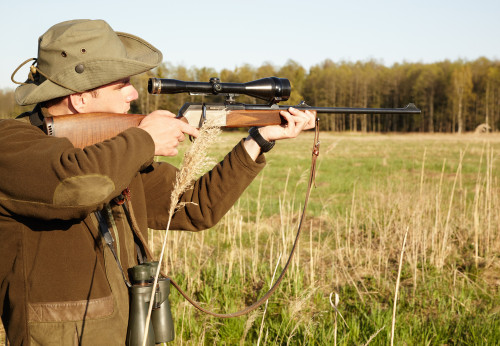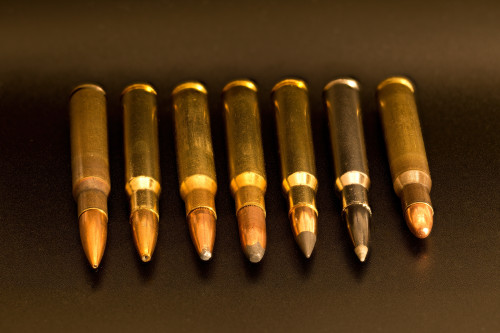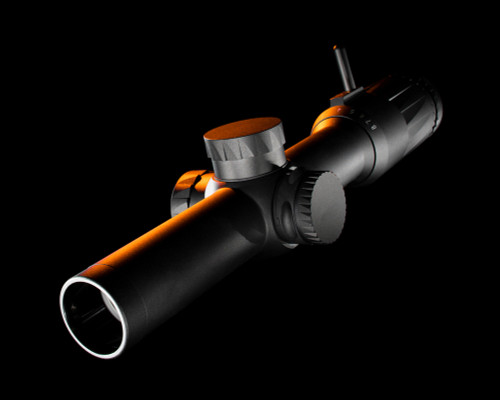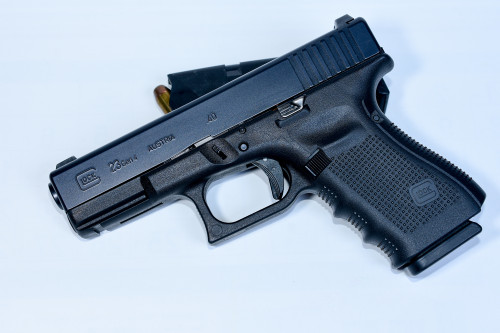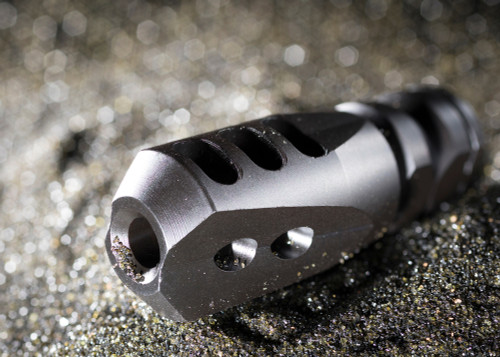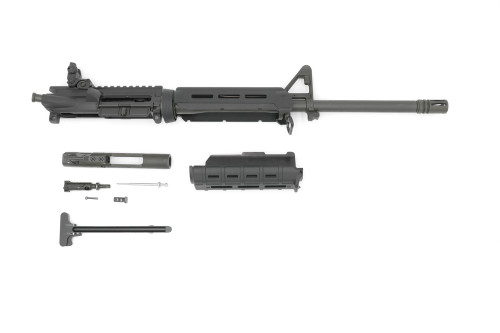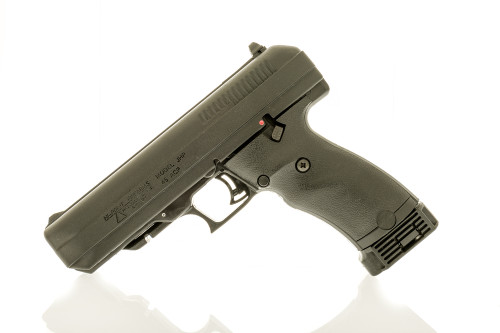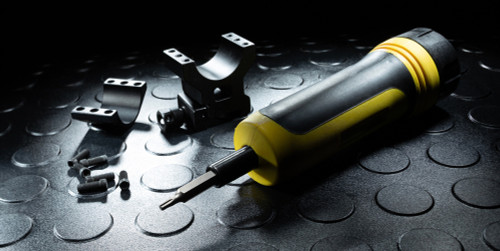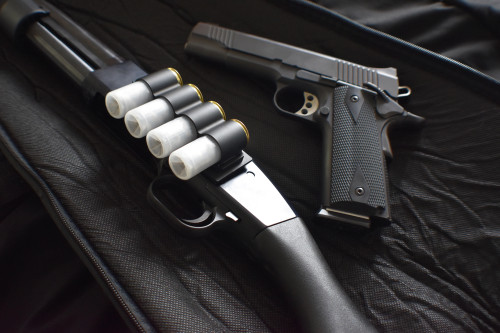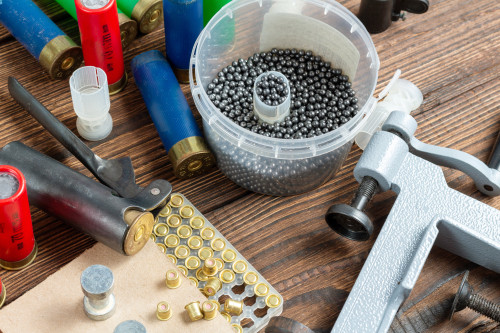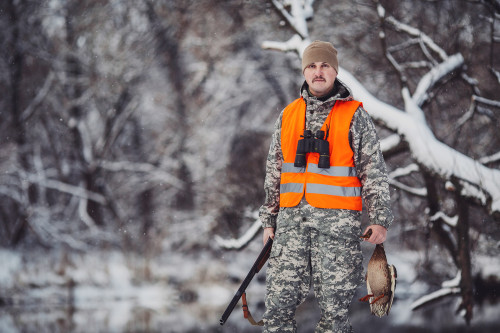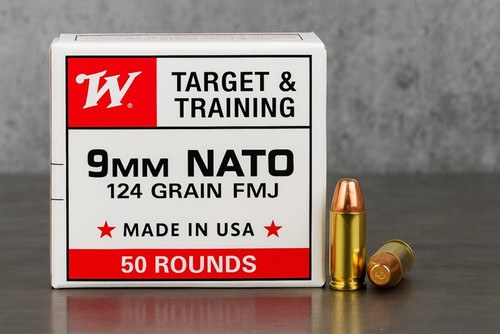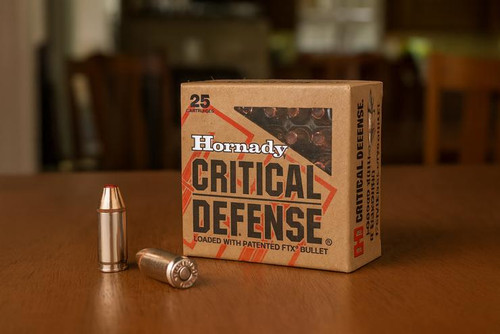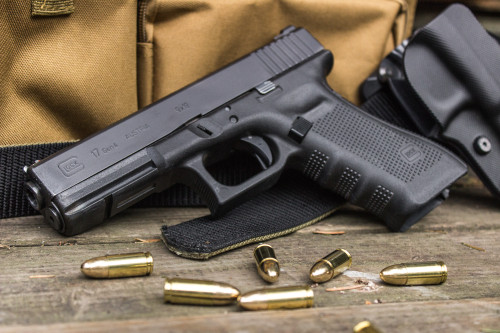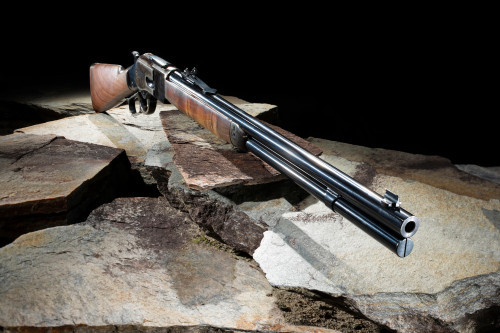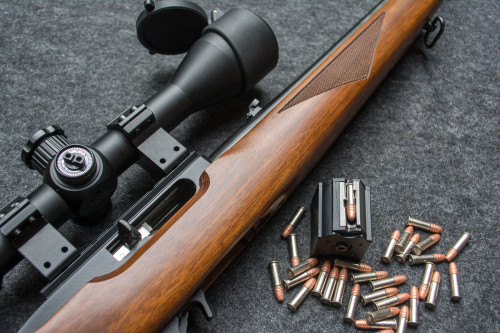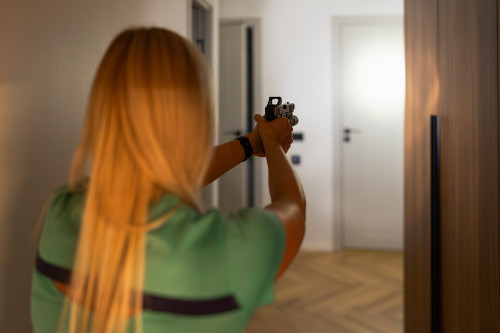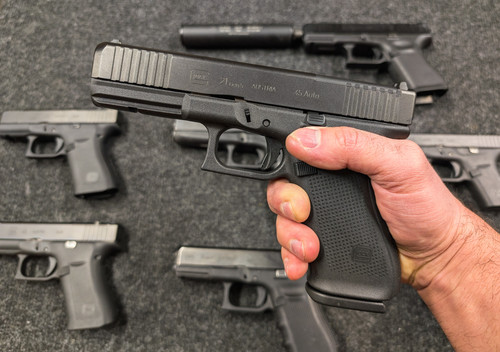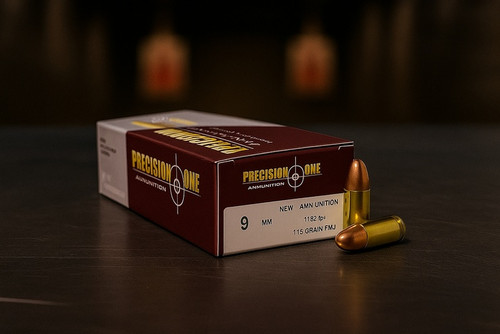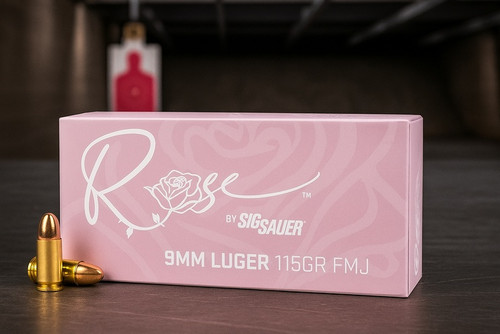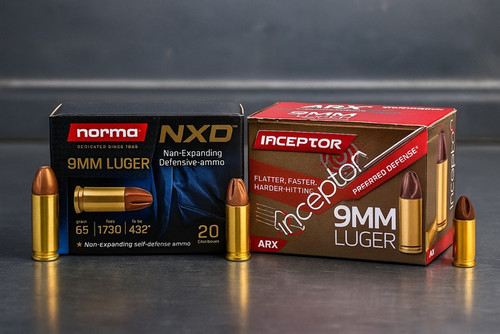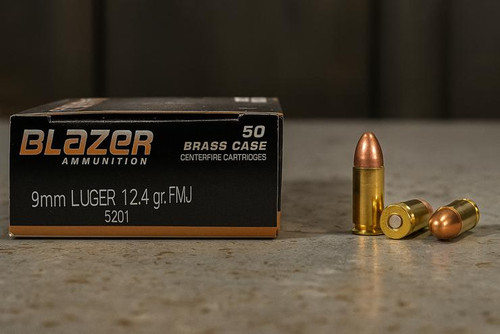Anyone taking their first foray into the world of shotguns will naturally have a lot of questions. One of the most common questions people ask is, “What kind of shotgun ammo should I use?”
Shotguns can sling a variety of different projectiles downrange, from deadly options like slugs to less-lethal alternatives like beanbag rounds. Within that, buckshot is by far one of the most popular types of shotgun ammo. From hunting to home defense, buckshot will get the job done.
However, trying to understand buckshot can get a little hairy sometimes. There are several varieties of buckshot to choose from, and each has a different set of advantages and drawbacks. So, how do you know what type of buckshot is best for each situation? Picking the right ammo for your shotgun can mean the difference between a winning shot and a losing one.
Besides that, even if you’ve been using shotguns for years, or even if you’re a championship skeet shooter, there’s probably more you can learn about buckshot and the different sizes available to use. That’s why we’ve put together this buckshot size guide, so you know what rounds you should use and when to use them.
What Is Buckshot?
Buckshot is a type of shotgun shell designed for medium to large game like deer or elk. Think of buckshot as the counterpart to birdshot and slugs, which are essentially giant shotgun bullets.
Buckshot may be the gold standard for a lot of things, but it’s just one type of shot available. Here’s how it compares to other shot types:
| Buckshot | Birdshot | Slugs | |
|---|---|---|---|
| Intended Targets | Medium to large game (deer, elk, etc.) | Small game (birds, rabbits, etc.) | Very large game (bears, etc.) |
| Pellets | Fewer pellets, but individual pellets are large | More pellets, but individual pellets are small | No pellets, just one big lead projectile |
| Max Range | 30-50 yards | 30-50 yards | 30-50 yards |
You’ll notice one big difference between buckshot and birdshot is that birdshot has more pellets. This is because the main idea behind birdshot is to maximize your shot’s chance of hitting your target. After all, that’s the only way you’ll be able to nail small, fast-moving targets like birds.
Buckshot, in contrast, needs to pack a punch and impart a lot of force into large targets — hence the bigger pellets. There’s no “standard” number of pellets in a buckshot shell. The best way to find out how many pellets are in a shell is to consult the manufacturer.
Parts of a Buckshot Shell
A buckshot shell isn’t just some magic piece of plastic that spews lead with a triumphant roar. In fact, each shotgun shell has several different components within it. All of them are necessary to make it go boom.
- Hull: When you think of a “shotgun shell,” chances are your mind conjures an image of the shell’s hull. The first shotgun hulls were made from paper, copper, or some other material. These days, a hull is generally made of plastic (often red) and contains all the other components of the shell. A “crimp” at the top of the shell, often in the shape of a star, holds the rest of the materials within it.
- Base: A shotgun shell’s exterior isn’t made entirely of plastic. Instead, the base is usually made of brass or steel. The base holds the primer, and helps maintain the shell’s shape for reliable feeding and ejection.
- Primer: All ammunition needs a primer, and buckshot is no different. Like most pistols and rifles today, shotguns feature a centerfire primer. The shotgun’s firing pin strikes the primer, igniting a spark that in turn ignites the powder within the shell.
- Powder: Like any firearm, shotguns make use of explosive powder to sling lead. The primer ignites the powder, which blows up and releases expanding gasses. These gasses push the projectile forward through the gun’s barrel.
- Pellets: Also called “shot,” these small pellets are the projectiles that exit the muzzle of the shotgun and move towards the target. Manufacturers typically make pellets from lead, but you can find perfectly viable lead-free alternatives composed of other metals like tungsten or bismuth. Shotgun pellets themselves can also vary in size (more on that later).
- Wad: Pellets don’t just freely roll around inside a shotgun shell until you pull the trigger. Instead, they’re kept in a tight formation, and only spread out after they’ve left the barrel of your gun. The wad is a small piece of plastic that holds them in this formation. Sometimes you can see the wad exiting the muzzle of your gun after you pull the trigger. If you’ve ever sworn that you chipped a piece off a sporting clay but never saw it change trajectory, chances are you saw the wad sailing past it as you missed.
Buckshot Size Explained
If you’ve ever been shopping for buckshot before, chances are you’ve seen some different numbers thrown around. That’s because “buckshot” is an umbrella term that can refer to several different types of shells. These numbers, running from #4 to #000, refer to the size of the pellets within each buckshot shell.
To keep from looking like a newbie when you’re talking about buckshot shells, don’t call them “zero” or “double zero.” That will make you stick out like a sore thumb in the store or at the range. Instead, we refer to them as “aught” or “double aught.”
As buckshot numbers decrease, the pellets get larger (somewhat counterintuitively). Therefore, #4 buck features the smallest pellets, while #000 (“triple aught”) is the biggest. Here’s a breakdown of how buckshot sizes work.
Buckshot Size Chart
| Shell Name | Size of Pellets | Standard Pellet Velocity |
|---|---|---|
| #4 | .24 in (20.7 grain) | 1300-1400 fps |
| #3 | .25 in (23.4 grain) | 1300-1400 fps |
| #2 | .27 in (29.4 grain) | 1300-1400 fps |
| #1 | .30 in (40.5 grain) | 1300-1400 fps |
| #0 | .32 in (49 grain) | 1300-1400 fps |
| #00 | .33 in (53.8 grain) | 1300-1400 fps |
| #000 | .36 in (70 grain) | 1300-1400 fps |
You’ll notice that some of the largest buckshot pellets are pretty big. By the time you hit #00 buckshot, your gun is firing multiple 53-grain projectiles with a single pull of the trigger. To put that in perspective, that’s the same weight as many .223 bullets — the projectiles that come out of the business end of many AR-15s. Bear in mind, though, that shotgun pellets are traveling at a fraction of the velocity of a .223 fired from an AR-15. While a shotgun can fire a 53 grain projectile at about 1300 feet per second, an AR-15 blasts bullets at around 3,000 feet per second — about 200% faster.
Standard buckshot shells will travel at about 1300-1400 fps. However, some “low recoil” rounds travel more slowly, in the 1100 fps ballpark. This generates less felt recoil, making it easier to control your shotgun and making your next skeet shooting trip less painful on your shoulder. However, these cartridges don’t generate enough force to reliably cycle some older semi-auto shotguns. Pump shotguns don’t need to worry about this, since you’ll manually cycle the firearm each time you pump it. Keep this in mind when you’re purchasing any kind of shotgun ammo.
Buckshot and Gauge
Most buckshot shells that you’ll find either online or in your local gun store come in a 12 gauge package. While you can find some 20 gauge buckshot out there, it’s nowhere near as common as its 12 gauge counterparts. Generally, buckshot shells come in one of four sizes:
- 2 ¾ inch: This is considered the “standard” sized shell.
- 3 inch: These are also called “magnum” shells.
- 3 ½ inch: If you’re not satisfied with regular magnum shells, give these “super magnums” a try.
- 1 ¾ inch: These niche shells (such as Aguila’s 12 gauge minishells) are pretty short, allowing you to load more into your gun at once.
Why have shells with different sizes? Several reasons. For one, bigger shells can hold more pellets in them, allowing them to pack more of a punch. However, you can’t just use any size of buckshot shell with any shotgun. Instead, your gun needs to have a chamber large enough to fit a larger shell. If it doesn’t, your shotgun won’t be able to chamber the larger round.
Choosing The Right Buckshot Cartridge
With a better understanding of buckshot sizes, you’ll have an easier time picking out the rounds that best meet your specific needs. That said, #00 buck is probably one of the most ubiquitous sizes for both hunting and home defense scenarios (more on that in a moment).
If you’re looking to stock up on some cheaper ammo (or buy in bulk), check out the Rio 12 Gauge #00 Buck. These standard-sized shells will fit any shotgun, and have the knockdown power to make sure your target won’t need a second shot to stay down. With a recoil of 1345 FPS, they will reliably cycle any shotgun out there — even the cool new Turkish shotguns that are popping up everywhere.
Buckshot and Hunting
Buckshot and hunting go hand in hand. After all, that’s why buckshot was designed in the first place. Whenever you’re hunting medium to large game (like whitetail deer or elk), buckshot is your best friend.
Think of it like this: anything you would hunt with a 30-30 lever action you can also hunt with buckshot. The main difference will be shooting distance. If you’re within 50 yards of a target, buckshot is likely a practical choice. Anything beyond 50 yards and you’re going to want to choose something like the 30-30, .308 Winchester, or another cartridge that’s well-suited for hunting.
When hunting with a shotgun, you’ll want to choose a firearm with a longer barrel. Usually, a 26 or 28 inch barrel is perfect for hunting applications (unless you’re in a jungle environment with dense foliage). A longer barrel will keep your pellet grouping tighter at a longer distance, maximizing the effective range of your weapon. If you’re going to be hunting large game, stick with #00 buck or even #000 buck.
Buckshot and Home Defense
Aside from hunting, buckshot has carved a niche for itself as a premier home defense round. In fact, it’s been so effective as an anti-personnel round that police have been using low-recoil buckshot for tactical purposes since the 1980s. It makes sense when you think about it — buckshot is designed for medium to large game, and human assailants aren’t much of a stretch from that.
As with hunting, barrel length matters when using buckshot for home defense. When you hear something go “bump” in the night, you’re going to want to reach for a shotgun with a shorter barrel. Shorter barrels make it easier to turn corners, and they also make your weapon lighter and easier to carry. You’ll want every advantage you can get when you’re defending your home from an intruder at 4:20 AM in your skivvies. Just remember that federal law prohibits owning a shotgun with a barrel shorter than 18 inches without a tax stamp (your local laws may vary).
Home Defense Shotgun Loads
If you’re considering using buckshot for home defense, #00 is by far the most popular size. Depending on where you live, you may want to choose some kind of low recoil rounds for home defense. Their lower muzzle velocity means you’re less likely to over-penetrate your target. That’s huge if you live in an apartment — you don’t want to end up hitting your neighbor’s dog on the other side of the wall.
If you’re considering picking up some low-recoil buckshot for home defense, Fetter 12 gauge is a perfect choice. With a standard 2 ¾ shell size, it’ll fit into just about any shotgun chamber. With a muzzle velocity of 1325 fps, it will reliably cycle most semi-auto shotguns, too.
Beginning Your Buckshot Journey
While there is still plenty to learn about buckshot, you’re now ready to make some educated decisions the next time you buy. The key to choosing the right round is to research the gauges that fit your shotgun and pick something with the right velocity, pellet size, and overall design for your shooting goals.
If you’re ready to start blasting some buckshot, Pro Armory is your one-stop shop. Our team of veterans and ammo enthusiasts are available to help you choose the perfect shotgun round for your needs. With affordable prices on quality ammunition and low shipping rates, we make sure you get as much value as possible with each purchase.
Stock up with Pro Armory today. Browse buckshot online, available in small boxes and bulk cases. You’re sure to find something to give you the “boom” you’re looking for.




